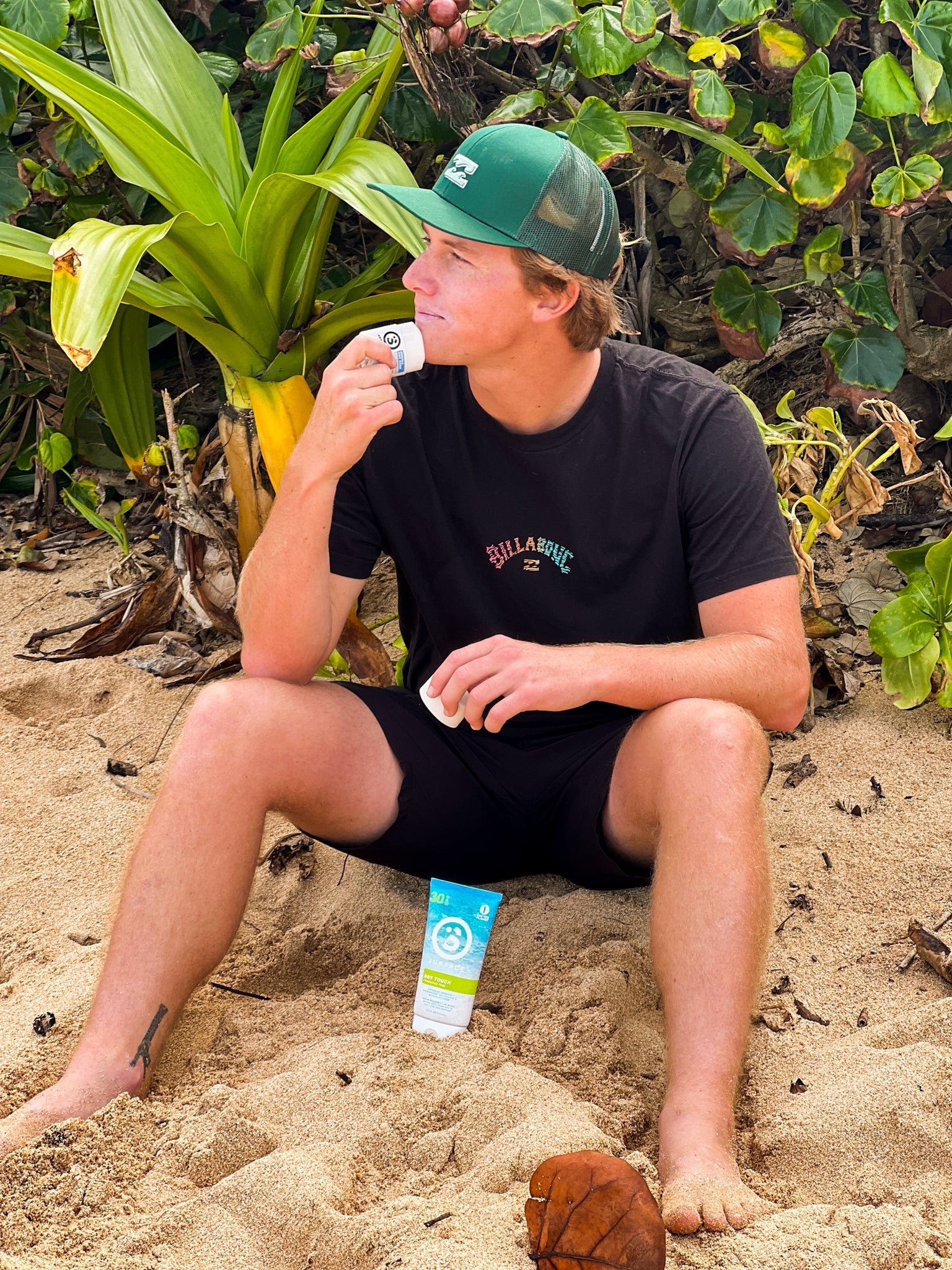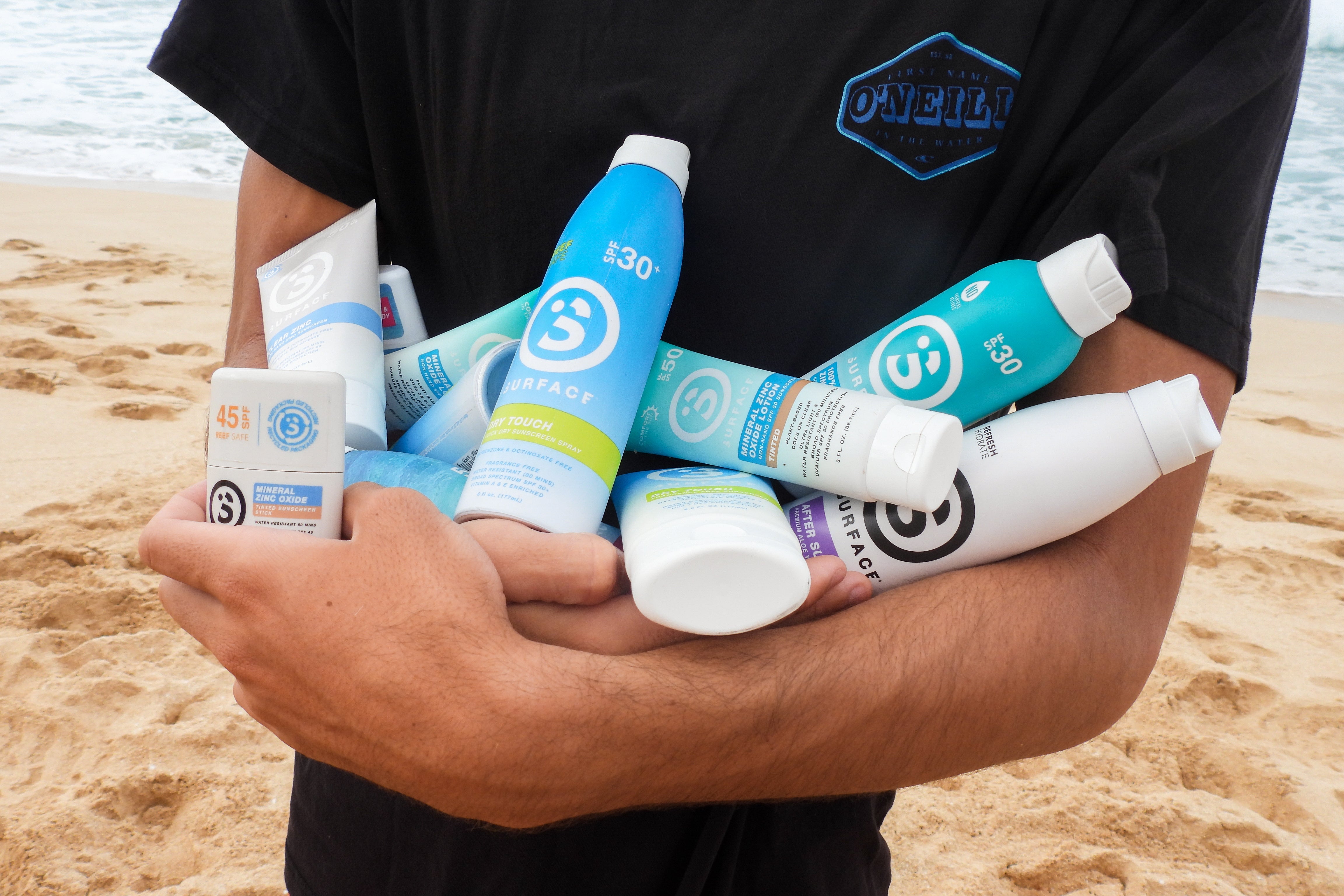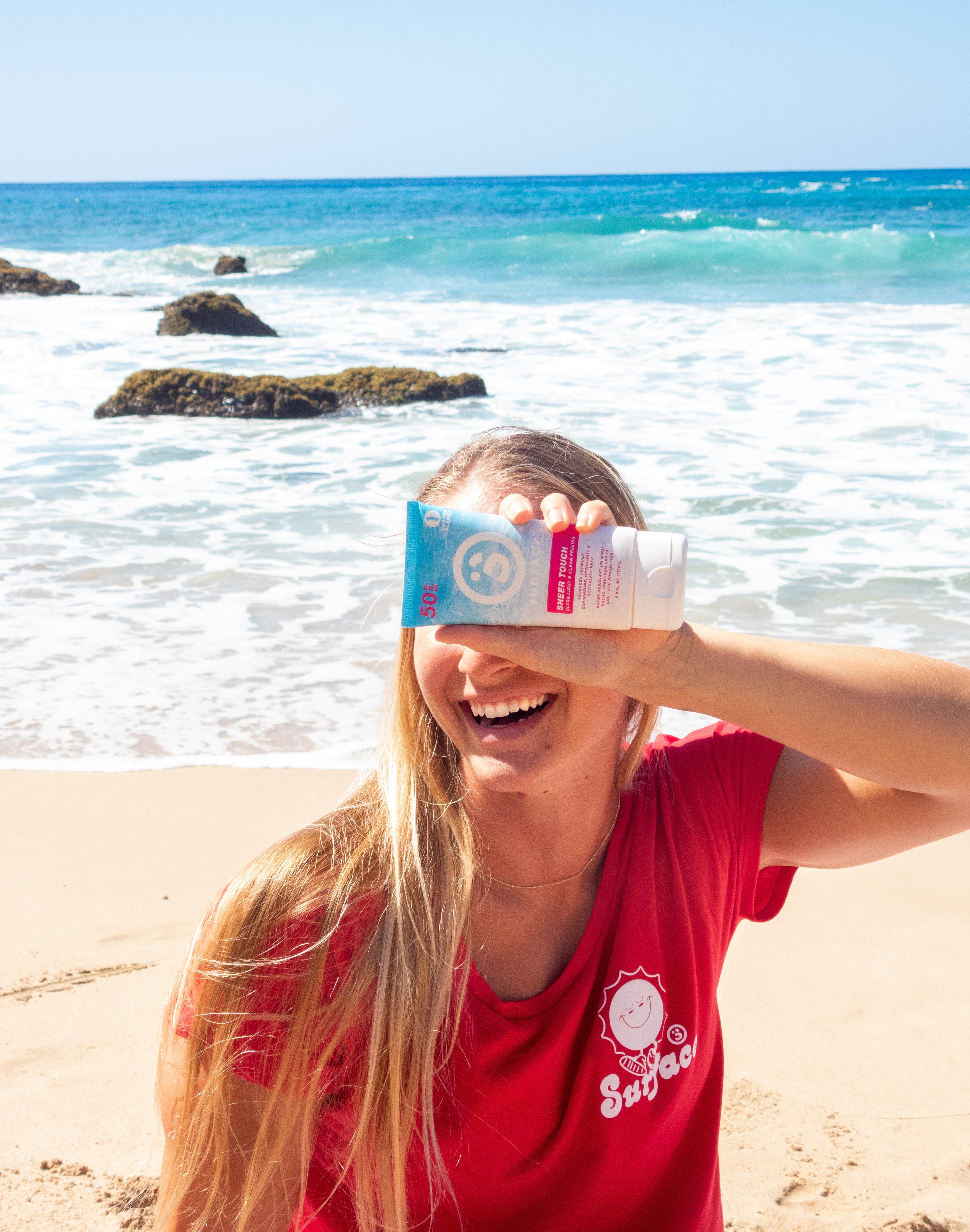Can You Still Get Tan While Wearing Sunscreen?

Can You Still Get Tan While Wearing Sunscreen?
With summer finally here, many people are eager to get outdoors and enjoy the sun. But with all the sun exposure, you may be wondering if it’s still possible to get a tan while wearing sunscreen. The answer is yes, but with a few important caveats.
This blog is all about the relationship between sunscreen and tanning. Many people want a sun-kissed glow but are concerned about the damage that exposure to the sun's harmful UV radiation can cause. The blog seeks to answer the question of whether it is possible to get a tan while wearing sunscreen, and if so, what type of sunscreen is best to use.
The blog begins by explaining what a tan is and how it happens. It describes how exposure to the sun's UV radiation causes the skin to produce melanin, a pigment that gives the skin its color. This process is the body's natural way of protecting the skin from further damage, but it can also lead to skin damage over time.

The blog goes on to explain how sunscreen works to protect the skin from UV radiation. It describes the two types of sunscreens, physical and chemical, and how they work to create a barrier between the skin and the sun's harmful rays. It also explains the importance of choosing a sunscreen with broad-spectrum protection against both UVA and UVB rays and an SPF rating of 30 or higher.
The blog then addresses the question of whether it is possible to get a tan while wearing sunscreen. It explains that while sunscreen does provide protection against UV radiation, it is not 100% effective at blocking it. As a result, it is still possible to get a tan while wearing sunscreen, especially if you are using a sunscreen with a lower SPF rating or not applying enough of it.
The blog concludes by offering some additional tips for staying safe in the sun, such as seeking shade, wearing protective clothing, and staying hydrated. It emphasizes that while a tan may be desirable, it is important to prioritize skin health and take steps to protect the skin from the sun's harmful rays.
How Does Sunscreen Work?
Before we delve into the question of whether you can still get tan while wearing sunscreen, it’s important to understand how sunscreen works.
Sunscreen works by creating a physical or chemical barrier on your skin that reflects or absorbs the sun’s harmful rays, reducing the amount of UV radiation that reaches your skin. The two types of sunscreens, physical and chemical, work differently to achieve this goal.
Physical sunscreen contains ingredients like titanium dioxide and zinc oxide, which sit on top of your skin and act as a barrier to the sun’s rays. These minerals create a physical barrier that reflects the UV radiation away from the skin. Physical sunscreen is often preferred by people with sensitive skin, as it’s less likely to cause skin irritation. Physical sunscreen is also effective at blocking both UVA and UVB rays, which are two types of UV radiation that can damage the skin.
Chemical sunscreens, on the other hand, contain ingredients which absorb the sun’s rays and convert them into heat before they can harm your skin. These chemicals work by penetrating the skin and absorbing the UV radiation. Chemical sunscreen tends to be more water-resistant and easier to apply than physical sunscreen. However, some people may be sensitive to the chemicals in chemical sunscreen, and it may not offer as broad of a spectrum of protection against both UVA and UVB rays.
No matter what type of sunscreen you use, it’s important to choose a sunscreen that offers broad-spectrum protection against both UVA and UVB rays. UVA rays can cause premature aging and skin damage, while UVB rays can cause sunburn and skin cancer. Sunscreen with an SPF (sun protection factor) rating of 30 or higher is recommended by dermatologists, as it provides adequate protection against the sun’s harmful rays. Additionally, it’s important to apply sunscreen liberally and frequently, as no sunscreen is 100% effective at blocking UV radiation.
Physical Sunscreen vs. Chemical Sunscreen
There are two main types of sunscreen: physical and chemical. While both types provide protection against UV radiation, they work in different ways.
Physical sunscreen, also known as mineral sunscreen, uses natural minerals such as zinc oxide and titanium dioxide to create a physical barrier between the skin and the sun's rays. These minerals reflect and scatter the UV radiation, preventing it from penetrating the skin. Physical sunscreen is often favored by those with sensitive skin, as it is less likely to cause irritation or allergic reactions.
Chemical sunscreen, on the other hand, uses a combination of chemicals to absorb and dissipate the UV radiation before it can reach the skin. These chemicals work by undergoing a chemical reaction when exposed to UV radiation, converting it into heat and preventing it from damaging the skin. Chemical sunscreen is typically preferred by those who want a more lightweight, non-greasy formula.
One of the key differences between physical and chemical sunscreen is their method of application. Physical sunscreen often leaves a white cast on the skin, making it more visible and harder to blend in. Chemical sunscreen, on the other hand, is more easily absorbed into the skin, leaving a less noticeable residue.
Another difference is their effectiveness against different types of UV radiation. Physical sunscreen is effective against both UVA and UVB radiation, while some chemical sunscreens may only provide protection against one or the other. However, there are also chemical sunscreens that provide broad-spectrum protection against both types of UV radiation.
In terms of environmental impact, physical sunscreen may be a better choice as it is less likely to contain harmful chemicals that can damage marine life and coral reefs. Chemical sunscreen, on the other hand, may contain ingredients that are harmful to the environment, such as oxybenzone and octinoxate.
Overall, both physical and chemical sunscreens can provide effective protection against UV radiation. The choice between them ultimately comes down to personal preference and individual skin needs. It is important to choose a sunscreen with broad-spectrum protection and an SPF rating of 30 or higher, and to reapply it regularly to ensure maximum protection.
Can You Still Get Tan While Wearing Sunscreen?
So, can you still get a tan while wearing sunscreen? The answer is yes, but the amount of UV radiation that reaches your skin will depend on several factors, including the SPF rating of your sunscreen, how often you apply it, and the amount of time you spend in the sun.
No sunscreen is 100% effective, and some UV radiation will still penetrate the skin. This means that it is possible to get a tan while wearing sunscreen, but the tan will be much lighter than if you were to go without protection. Additionally, the amount of UV radiation that reaches your skin will depend on the SPF (sun protection factor) rating of your sunscreen, with higher SPF ratings providing greater protection.
For example, if you were to wear a sunscreen with an SPF of 15, you would be exposed to 1/15th of the UV radiation that you would be exposed to without any sunscreen. If you were to wear a sunscreen with an SPF of 30, you would be exposed to 1/30th of the UV radiation that you would be exposed to without any sunscreen.
It’s important to remember that even a light tan can be damaging to your skin. Tanning is a sign that your skin has been damaged by the sun, and over time, this damage can add up, leading to skin cancer, premature aging, and other skin conditions.
How to Get a Tan Safely
So, how can you get a tan while still protecting your skin? Here are a few tips:
- Choose a high SPF sunscreen: The higher the SPF rating, the more protection your skin will have from the sun’s harmful rays. A minimum of SPF 30 is recommended.
- Apply sunscreen frequently: It’s important to apply sunscreen at least 20 minutes before going outside and to reapply it every two hours or after swimming or sweating. This ensures that your skin is always protected.
- Seek shade: The sun’s rays are strongest between 10 am and 4 pm, so it’s important to seek shade during these hours. You can also create your own shade by wearing a hat, long-sleeved shirt, and sunglasses.
- Cover up with protective clothing: In addition to seeking shade, you can protect your skin by wearing protective clothing, such as a long-sleeved shirt, hat, and sunglasses. This is especially important if you plan to spend an extended period of time outside.
- Use self-tanner: If you want a tan without risking skin damage, you can use a self-tanner to achieve a healthy glow. Self-tanners contain a chemical called dihydroxyacetone (DHA), which reacts with the amino acids in your skin to create a temporary tan. Self-tanners are safe and can give you a natural-looking tan.
- Stay hydrated: Drinking plenty of water is important for your overall health, and it’s especially important when spending time in the sun. Sun exposure can cause dehydration, which can lead to headaches, dizziness, and fatigue. Be sure to drink plenty of water before, during, and after spending time in the sun.
- Be aware of medication side effects: Some medications can make your skin more sensitive to the sun’s rays, increasing your risk of sunburn and skin damage. If you’re taking medication, be sure to read the label and ask your doctor or pharmacist about any potential side effects related to sun exposure.
- Avoid tanning beds: Tanning beds use UV radiation to darken your skin, which can be just as harmful as natural sunlight. Tanning beds increase your risk of skin cancer, premature aging, and eye damage, and should be avoided altogether.
By following these tips, you can stay safe in the sun and reduce your risk of skin damage and other health problems associated with sun exposure. Remember that it’s never too late to start taking care of your skin, and that prevention is key when it comes to skin health.





